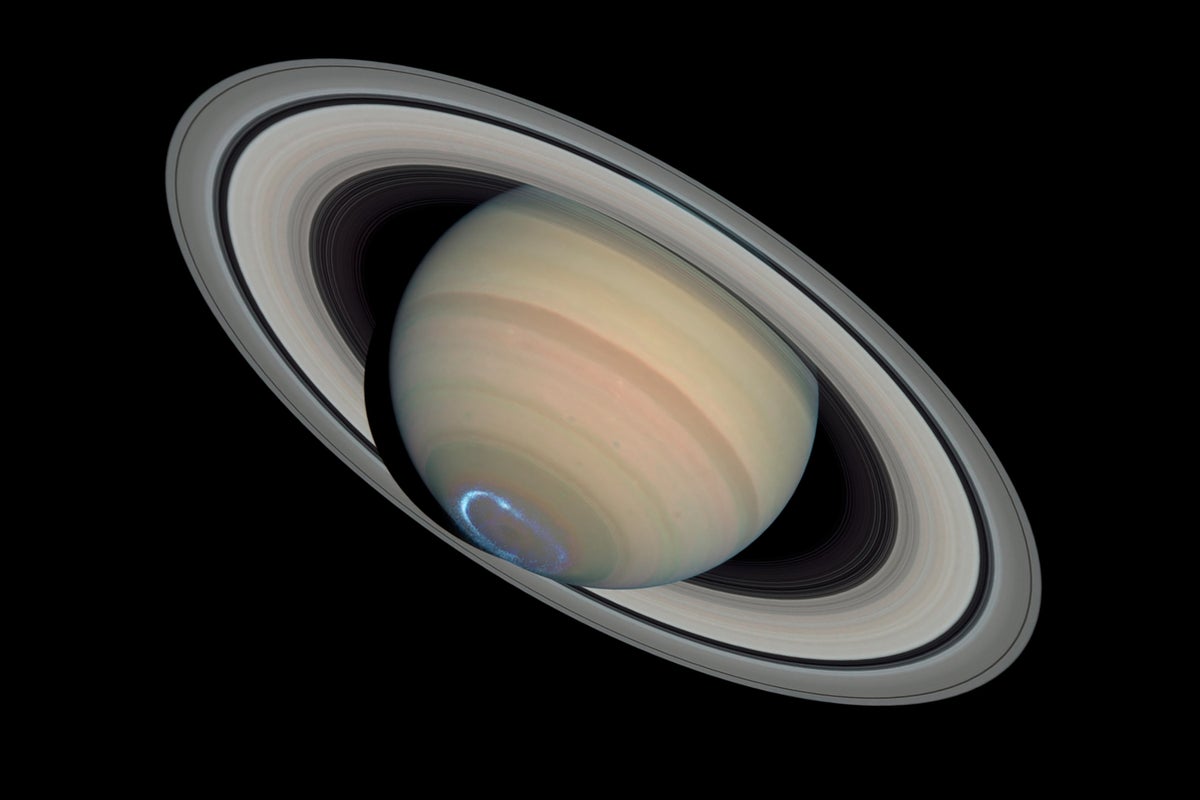Now Reading: Indian Astronomer Helps Saturn Reach 274 Moons Milestone
-
01
Indian Astronomer Helps Saturn Reach 274 Moons Milestone
Indian Astronomer Helps Saturn Reach 274 Moons Milestone

Quick Summary
- Saturn now boasts 274 known moons, surpassing any other planet in the solar system.
- Astronomer Edward Ashton contributed to the discovery of 192 moons, using advanced techniques during his Ph.D. studies as 2018.
- Most new satellites are just a few kilometers wide and were identified through data from the canada-France-Hawaii Telescope (CFHT).
- Discovery method involves “shifting and stacking” images taken over multiple sessions to track objects orbiting Saturn.
- Larger telescopes like JWST or future ones such as NASA’s Nancy grace Roman Space Telescope may further improve moon-hunting capabilities in space.
- Many newly detected moons likely resulted from recent collisions within Saturn’s system, offering insights into its orbital history and dynamics.
Indian Opinion Analysis
The discovery of 274 moons around Saturn highlights both advancements in astronomical techniques and humanity’s growing understanding of our solar system’s complexities. For India, heavily invested in its own space exploration projects-such as chandrayaan missions-this achievement underscores the importance of continually adapting technology for efficient data analysis. With renewed global interest in deep space observation through collaborations like those involving NASA’s upcoming telescopes, India could benefit further by integrating international expertise while enhancing indigenous research capacities.
Additionally, this progress reminds Indian astronomers that small-scale cosmic phenomena often carry meaningful scientific implications for planetary evolution theories-relevant not only for extraterrestrial study but also for contextualizing Earth within a broader cosmic framework.


























